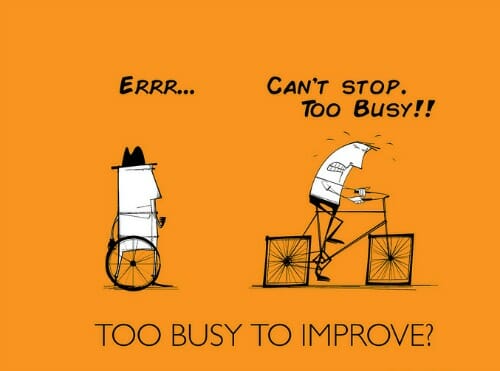Since the screen printing sector of the industry remains strong, our ElectraPrint remains a solid base for our Brown product line. The easy to maintain design, simple operation and durable construction continue to make them a product of choice in the industry. It is always a pleasure to have a customer return to add another machine to their production line.
Many of these traditional printers are now expanding into the digital printing world and BrownDigital is there with solutions to these production issues as well. The patented FireFly system is the technological leader for curing of both DTG and screen print inks. The thermal imaging camera innovation sets this product apart from any other in its category. This product saves space, time and energy while providing flexible curing for any garment at any time. Combining the FireFly with the Synergy pretreat module adds another level of production control and flexibility to any direct to garment printing operation. This complete system is the reason for the expansive growth and reach of new markets that we have enjoyed in 2018.
The pinnacle of this is the SGIA's prestigious Product of the Year awards. Brown Manufacturing Group is honored to have earned these award for 2 years running. We show distinction in curing, pretreat and combination systems that cover an array of production variables. What is still more exciting is that our engineers have more innovations ready for to present for this award next year and still more to come. The buzz of ingenuity in our office is energizing.
So thank you to our loyal customers for their continued support of the Brown screen printing product line. We see this part of the garment decorating industry to remain an elemental part of our business for years to come. And, to our new DTG customers, welcome to the Brown family. We look forward to continued success and connections within all sectors of our industry in years to come.




























